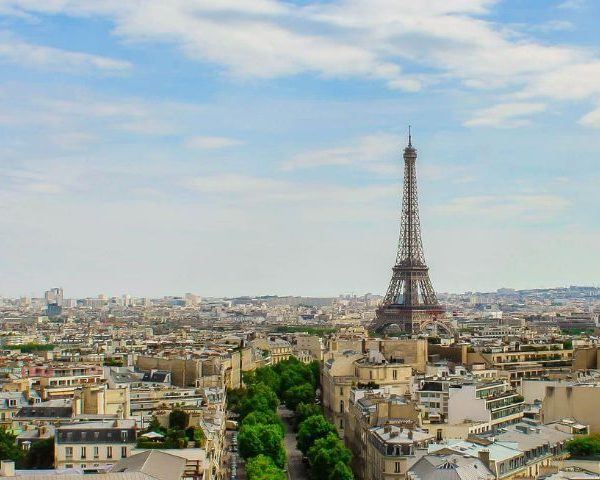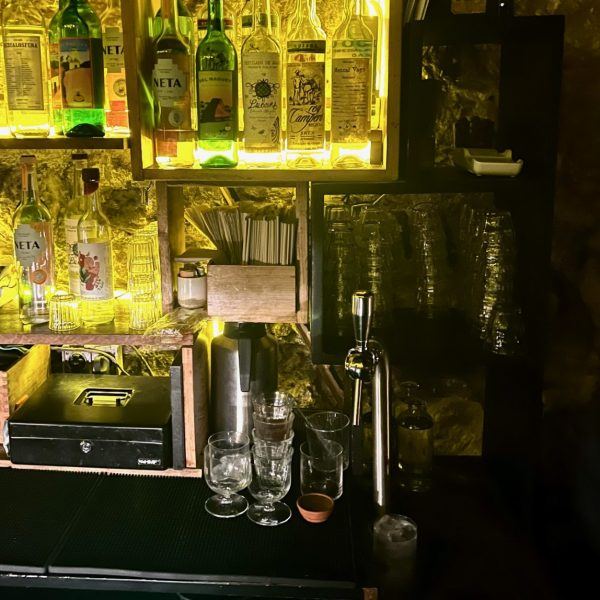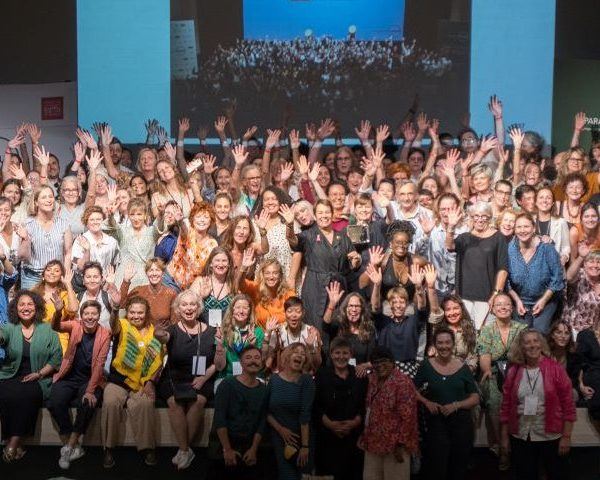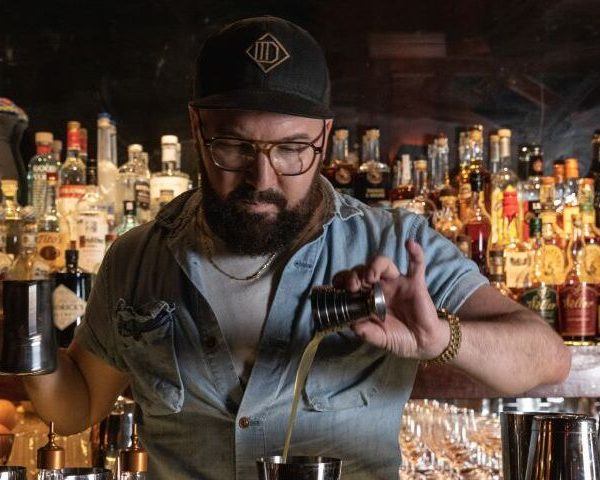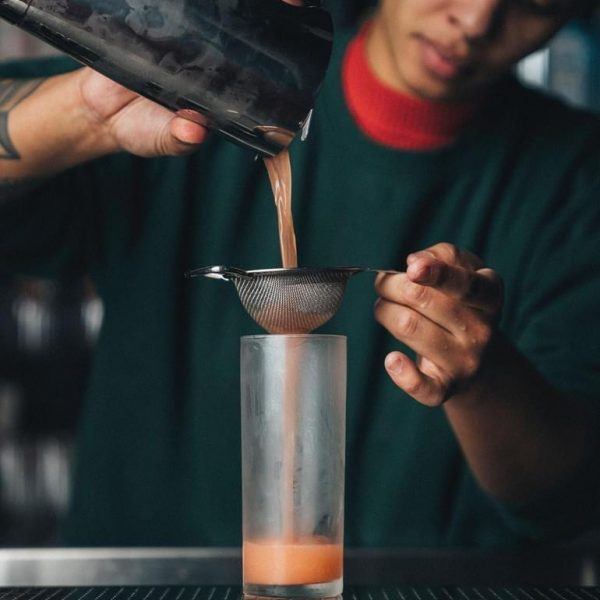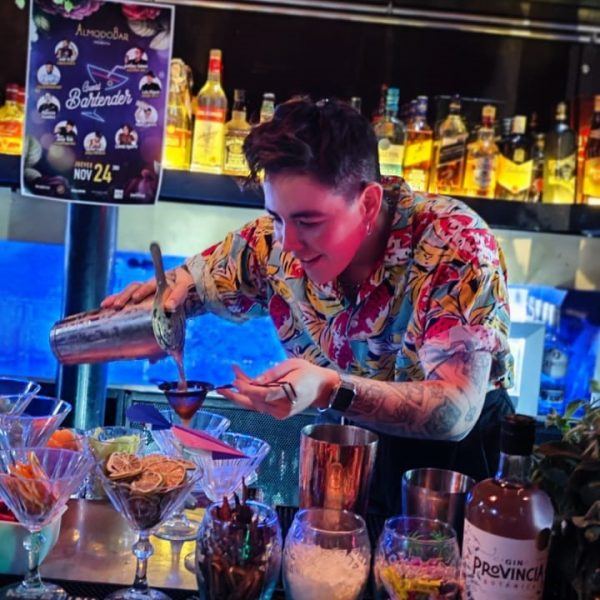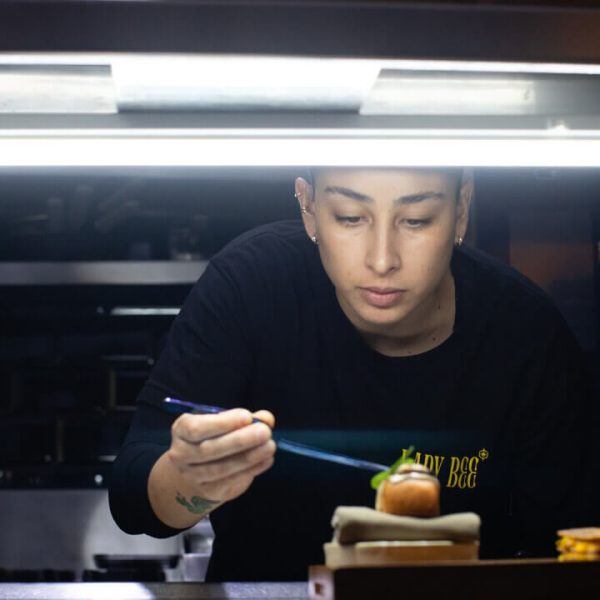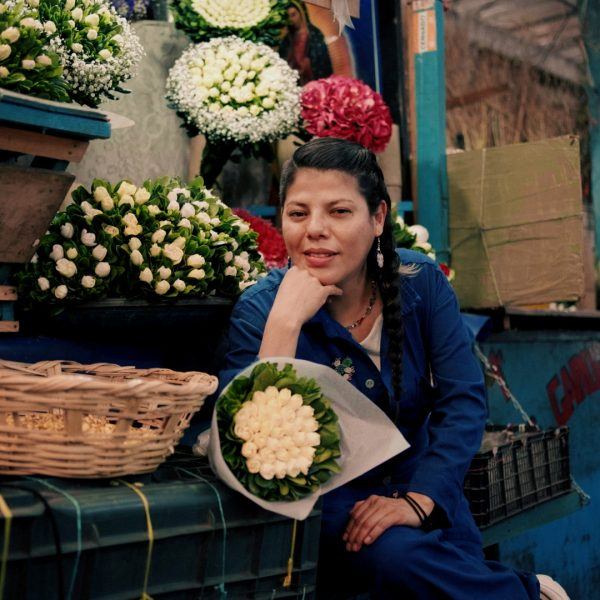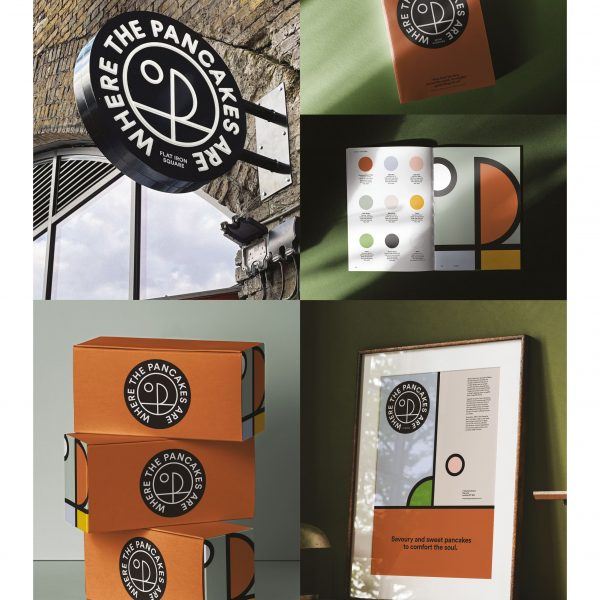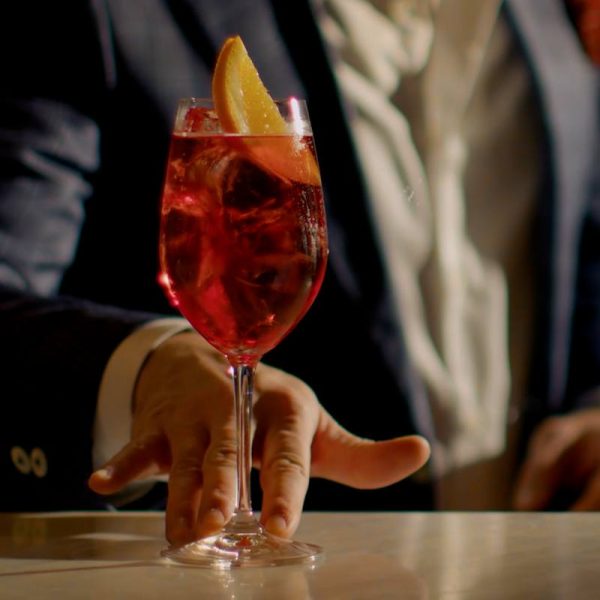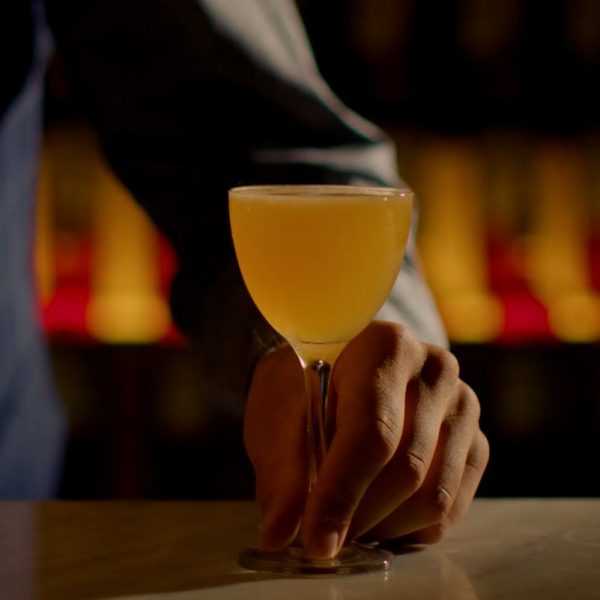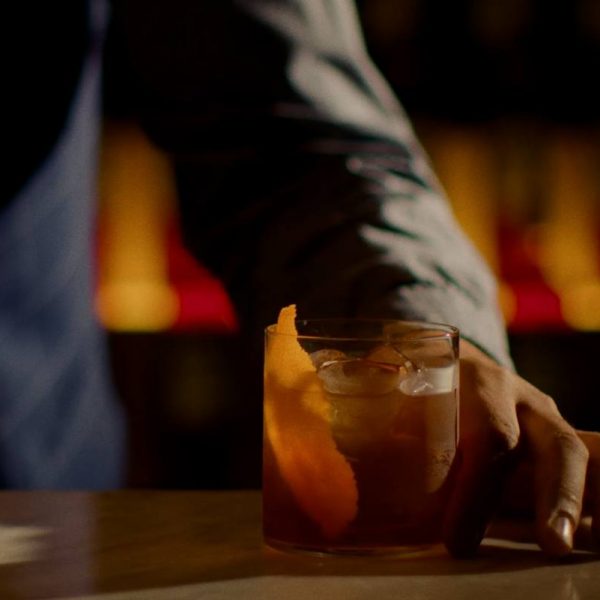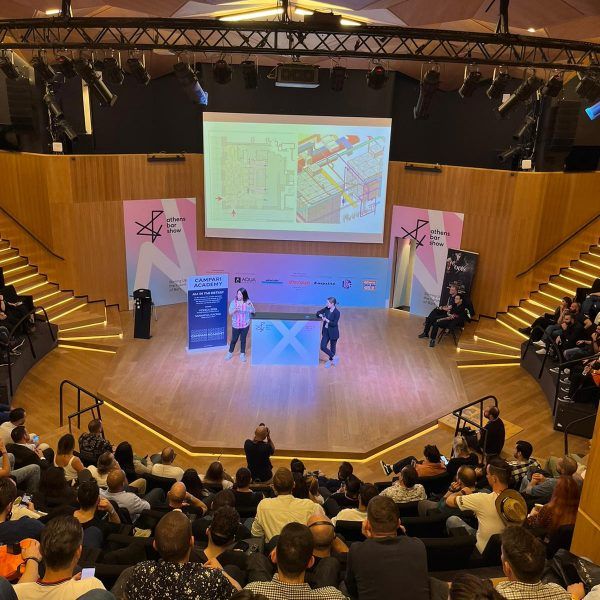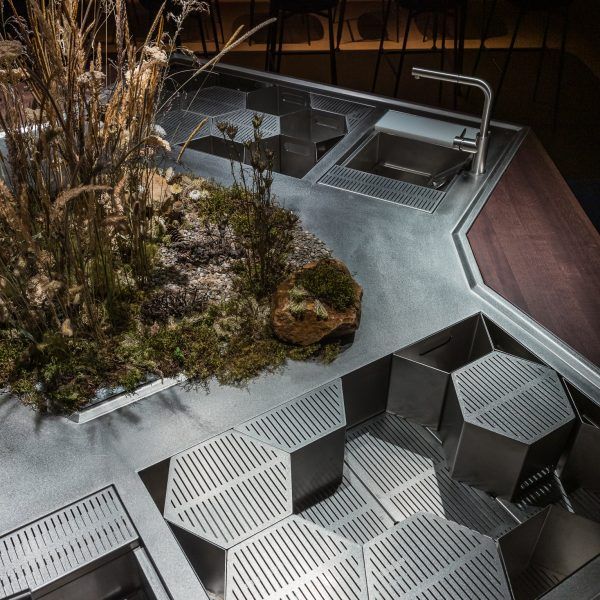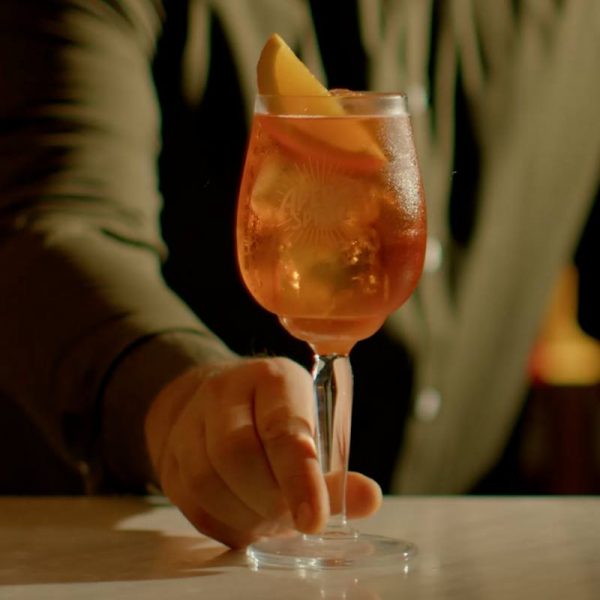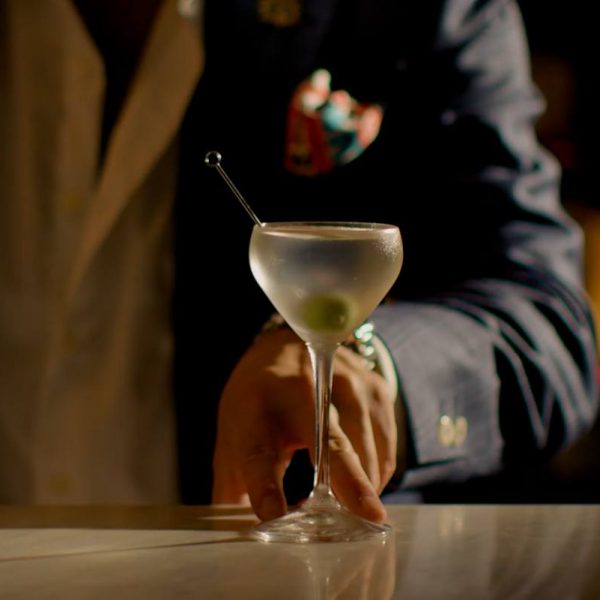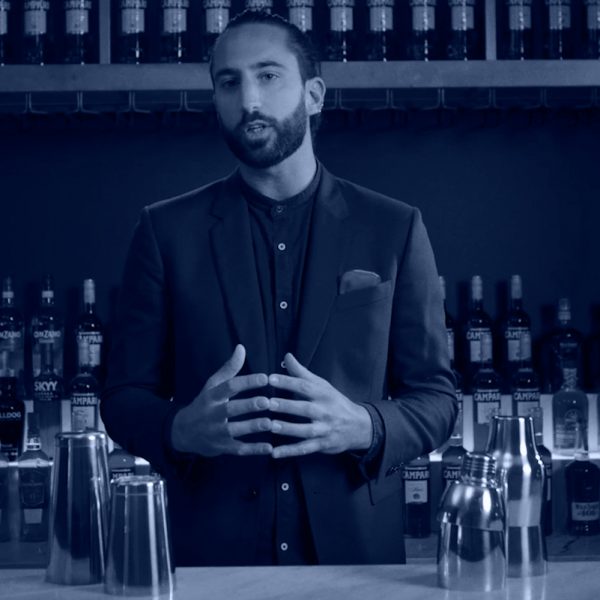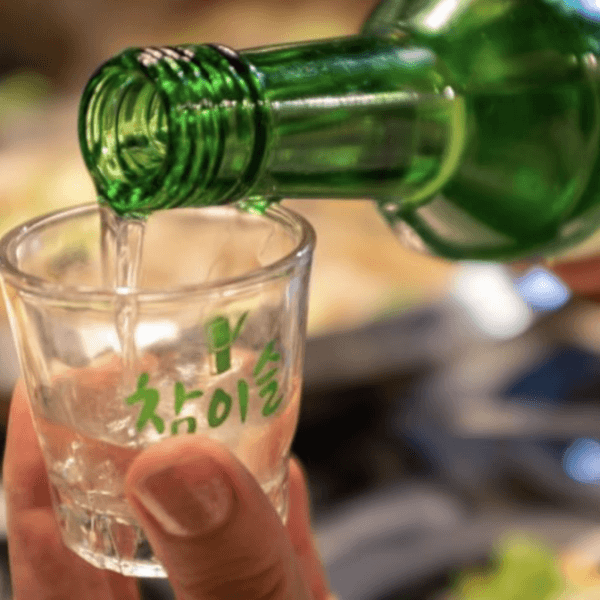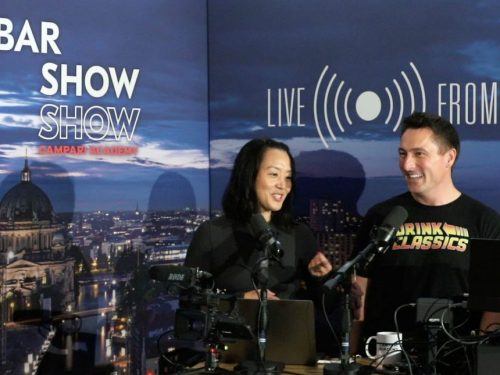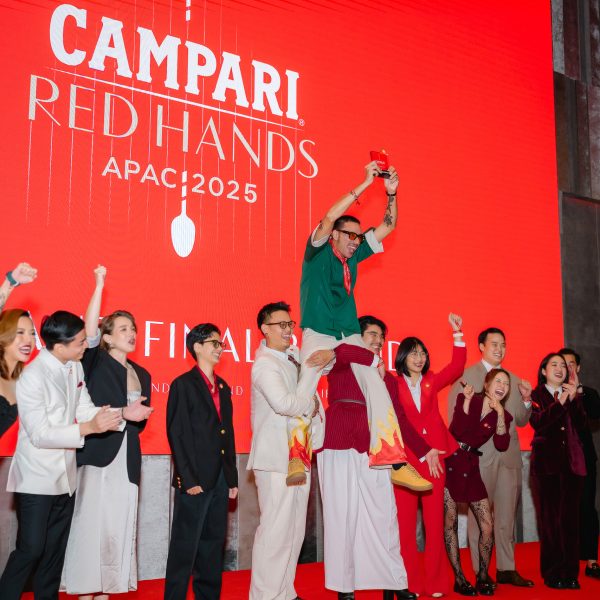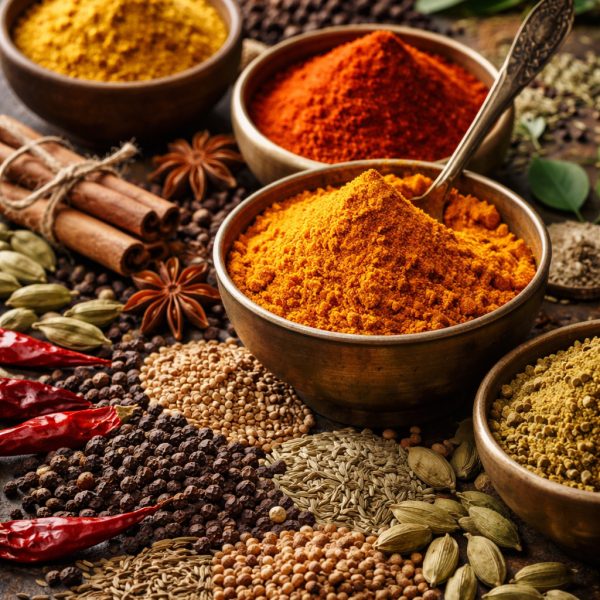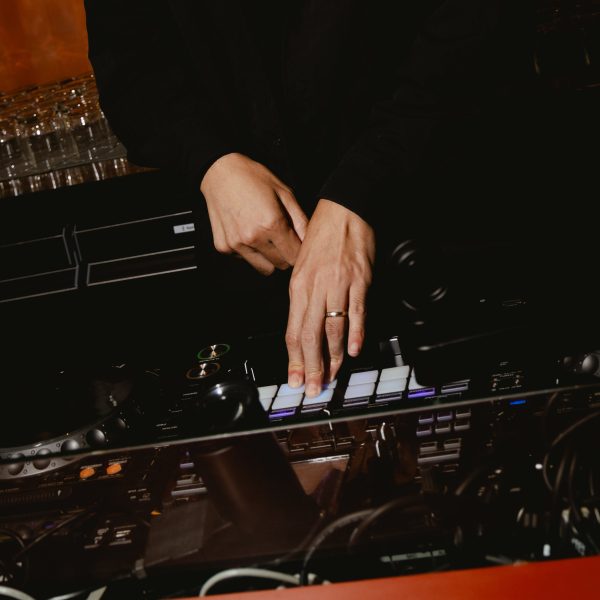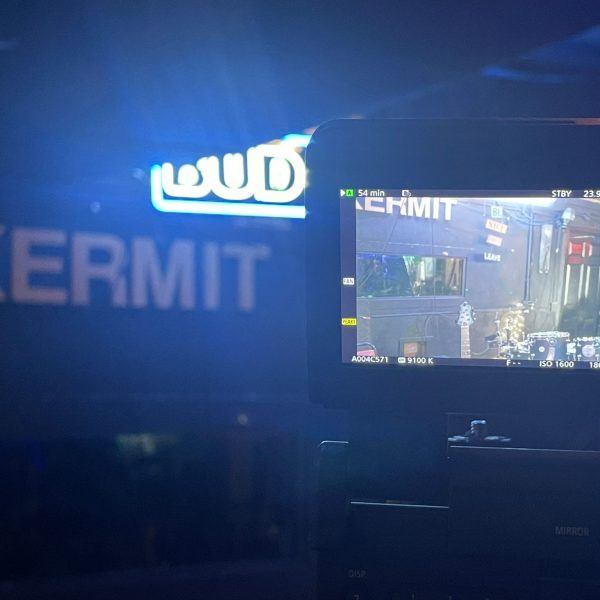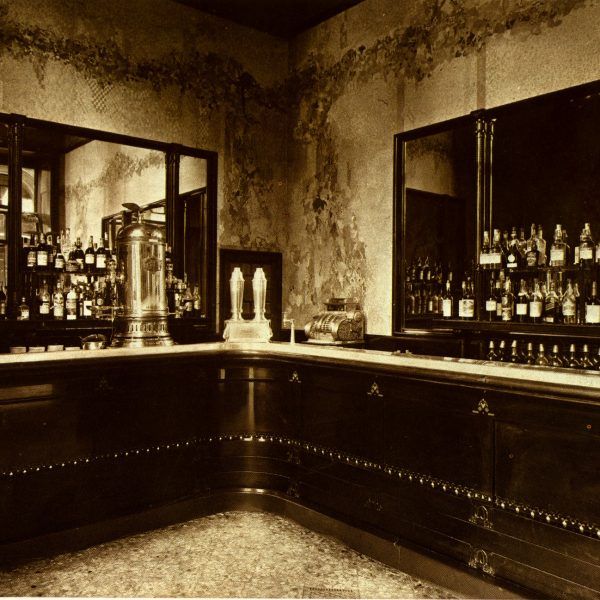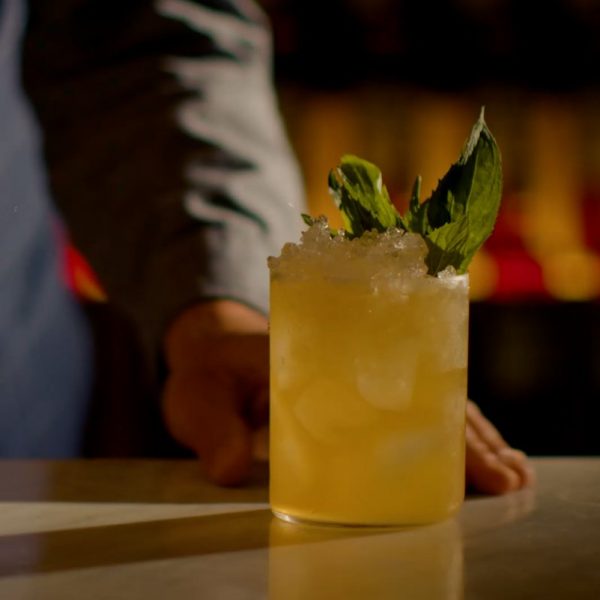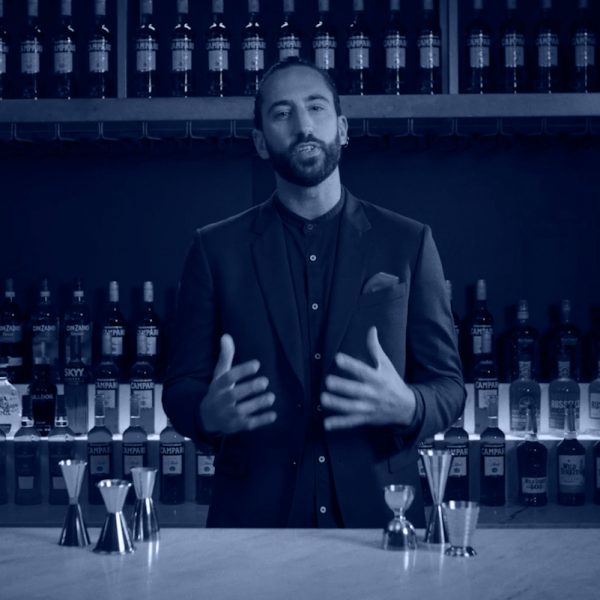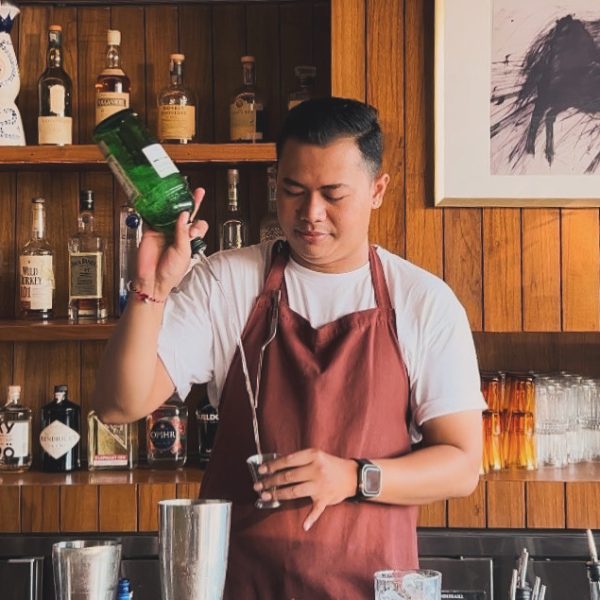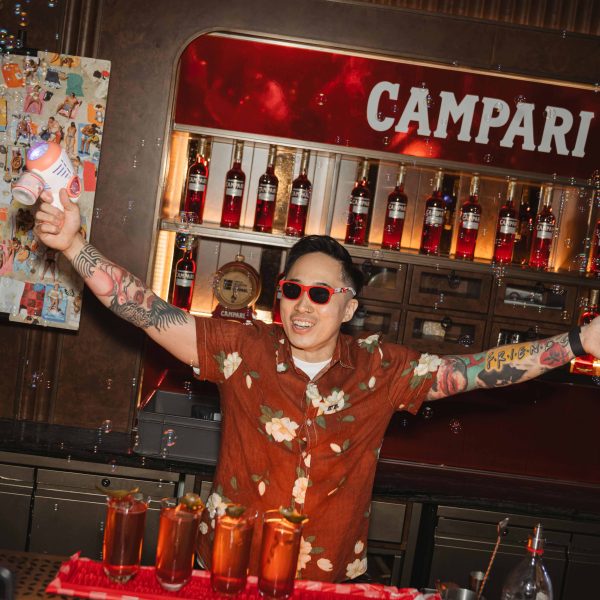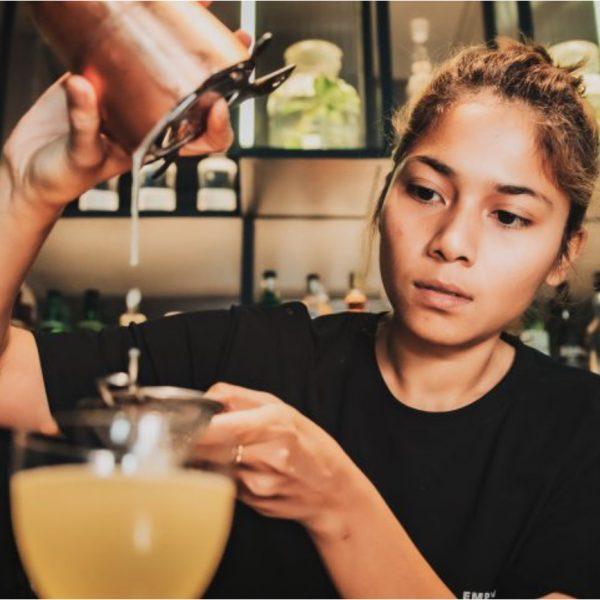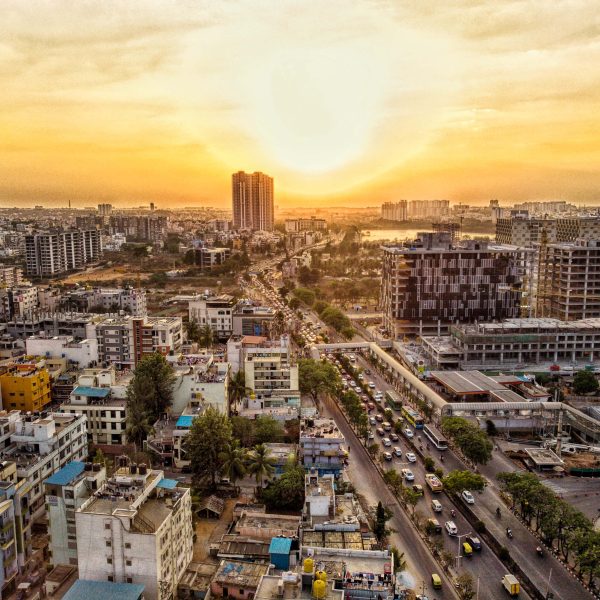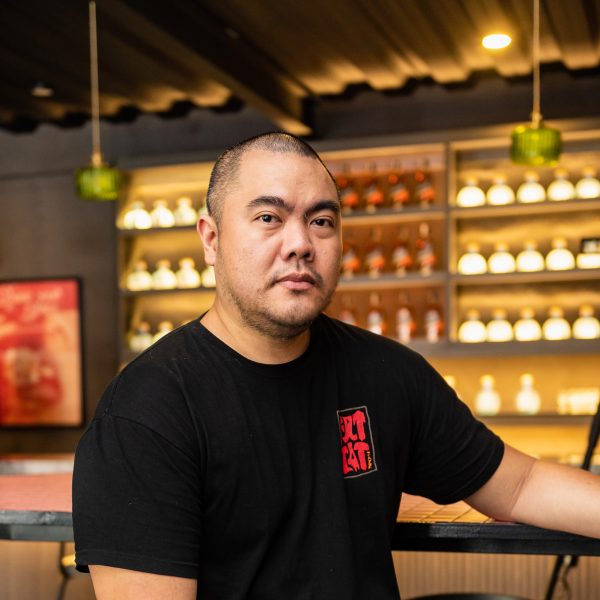Drink like a local: New Delhi with Vikram Achanta
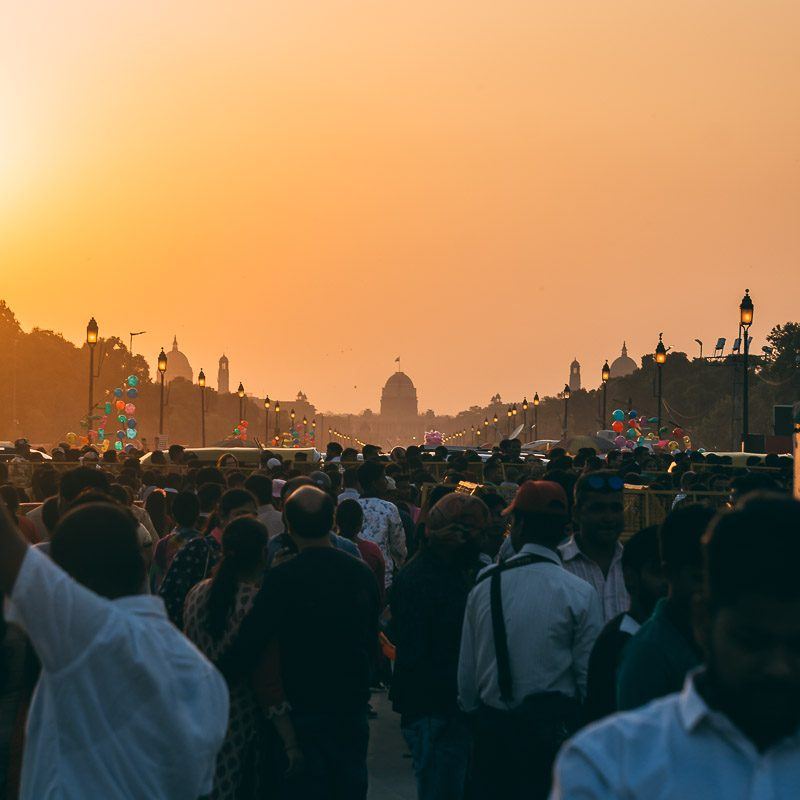
New Delhi, India, is a vibrant metropolis where ancient traditions and modern aspirations blend with a thriving food and drink scene, offering both locals and visitors a unique and unforgettable experience, as we’ll discover with, Vikram Achanta, a passionate native with an encyclopedic knowledge of the city.
In the heart of India, where ancient traditions meet modern aspirations, lies the vibrant metropolis of New Delhi. A city of contrasts, it boasts grand Mughal monuments alongside bustling bazaars, serene gardens amidst chaotic traffic. As the capital of India, New Delhi is a melting pot of cultures, cuisines, and languages, offering a sensory overload that’s both exhilarating and overwhelming. Turning to Vikram Achanta, the city’s resident drinks expert for an insight to the metropolitan.
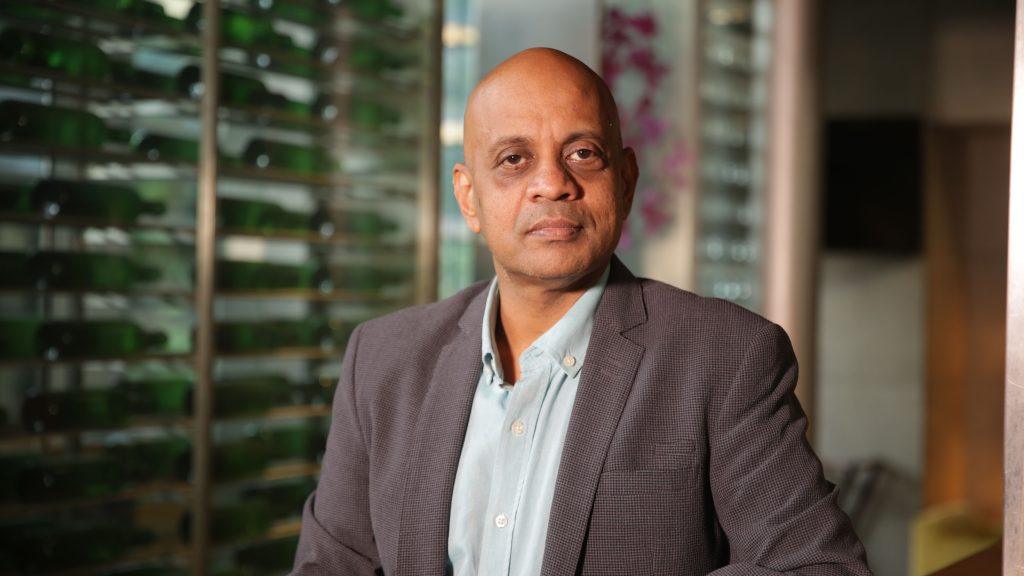
Vikram Achanta is the Founder and CEO of Tulleeho, India’s largest drinks education, training, and consultancy firm. Tulleeho has been operating for 24 years and serves clients across India, South Asia, and the Middle East. Their clientele includes some of the leading drinks companies globally and within India. Achanta is also the co-founder of 30BestBarsIndia, India’s first bar awards and ranking platform, currently in its 5th edition. Having resided in Delhi since childhood. Though his roots lie in South India, Vikram considers Delhi his home because of a deep connection to the city’s pulse.
Big picture
Delhi, often misunderstood but capable of unexpected charm, is a city where the bar scene shines brighter than the nightlife. While the city may lack a thriving nightclub culture and microbreweries are few and far between, it boasts a sophisticated and impressive cocktail scene, showcasing some of the most talented mixologists in India. These cocktail bars, often found in upscale settings, offer a refined and innovative drinking experience.
For those seeking a more clandestine atmosphere, Delhi harbors a handful of speakeasies where one can enjoy drinks until the early hours, adding a touch of mystery and exclusivity to the night. It’s worth noting that obtaining a good drink isn’t limited to independent bars; several top-tier hotels in Delhi also house high-caliber drinking establishments, ensuring a quality experience for discerning guests.
In essence, while Delhi’s nightlife might not be as dynamic as some other major cities, its focus on sophisticated cocktail bars and the presence of exclusive speakeasies create a unique and enjoyable drinking scene for those seeking a more refined experience.
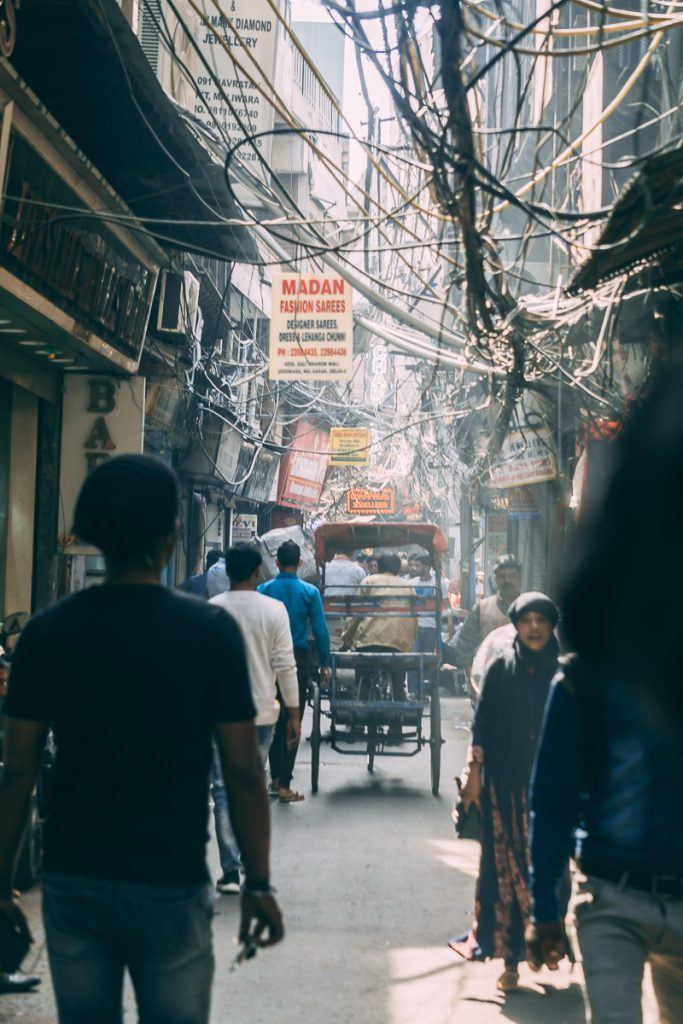
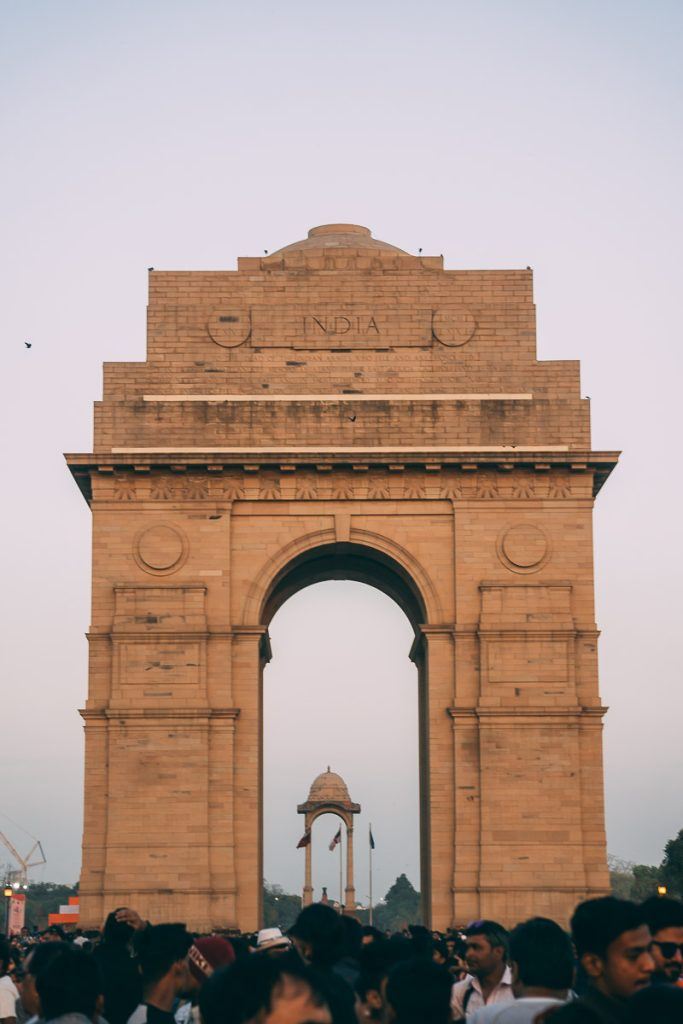
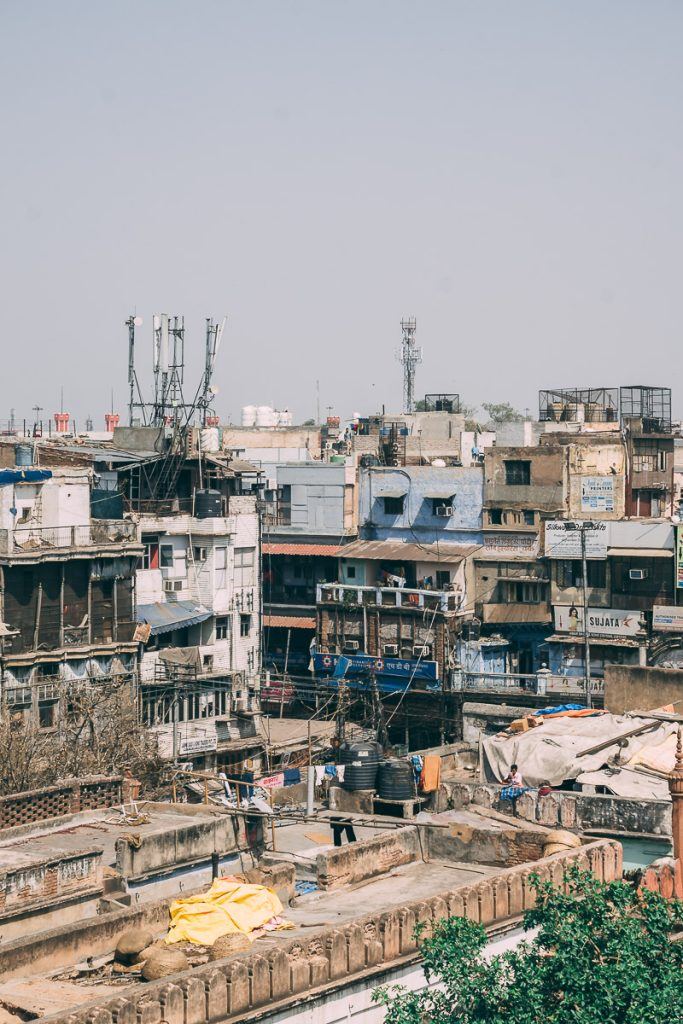
In Delhi, the popularity of nightspots can vary. Those in central areas tend to be busy throughout the week, while others primarily see crowds on weekends. Unlike some cultures, Delhi doesn’t have a strong after-work drinking scene. Instead, going out for drinks is seen more as a social occasion than a way for colleagues to bond.
The food
New Delhi’s food scene is a vibrant tapestry of flavors, with street food and fast food playing a central role in the city’s culinary culture. Visitors are encouraged to dive into this world of deliciousness and experience the diverse tastes that Delhi has to offer.
Chaat, a broad term encompassing various snacking options, is highly recommended. From bhelpuri (puffed rice, vegetables, peanuts, and tangy tamarind sauce) to golgappas (deep-fried spheres filled with potato and sauce), and Papri Chaat (crackers with yogurt and potatoes), these snacks provide a burst of flavors. Another popular choice is Chole Kulcha, a satisfying combination of spicy chickpeas in gravy served with flatbread.
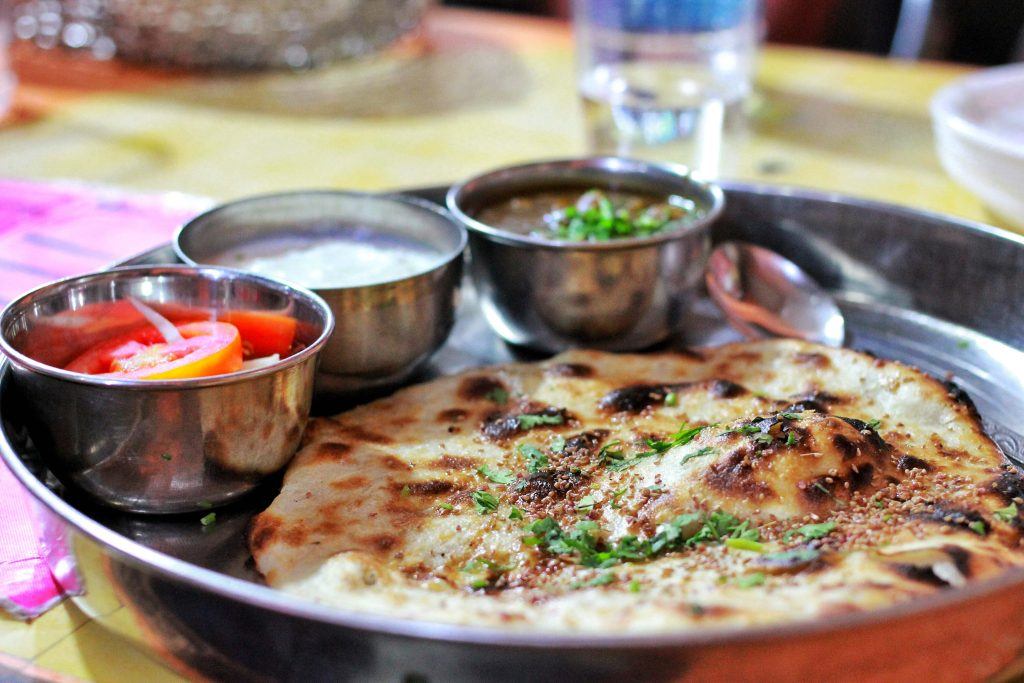
Food is indeed an essential component of the local drinking culture. Whether at a house party or a bar, drinks are typically accompanied by an array of snacks and dishes, creating a multi-sensory experience.
When it comes to must-try dishes, Butter Chicken and Dal Makhni, a creamy lentil dish, served with Nan bread are highly recommended. For dessert, Kulfi, a traditional Indian ice cream with dried fruits, is a delightful treat. As for drinks, Lassi, a thick yogurt-based beverage available in sweet, salted, or mixed variations, is a refreshing and popular choice.
The drinks
New Delhi’s drinking scene is a delightful blend of modern mixology and time-honored traditions. In the city’s stylish cocktail bars, talented mixologists push boundaries, crafting innovative drinks with local ingredients and international spirits. However, Delhi’s drinking culture extends beyond the cosmopolitan cocktail scene. Traditional beverages, such as the re freshing yogurt-based lassi, often enjoyed with a touch of salt or sweetness, provide a taste of India’s rich heritage. And for those seeking a stronger kick, locally brewed beers and spirits offer a unique experience, showcasing the country’s diverse flavors and brewing traditions.
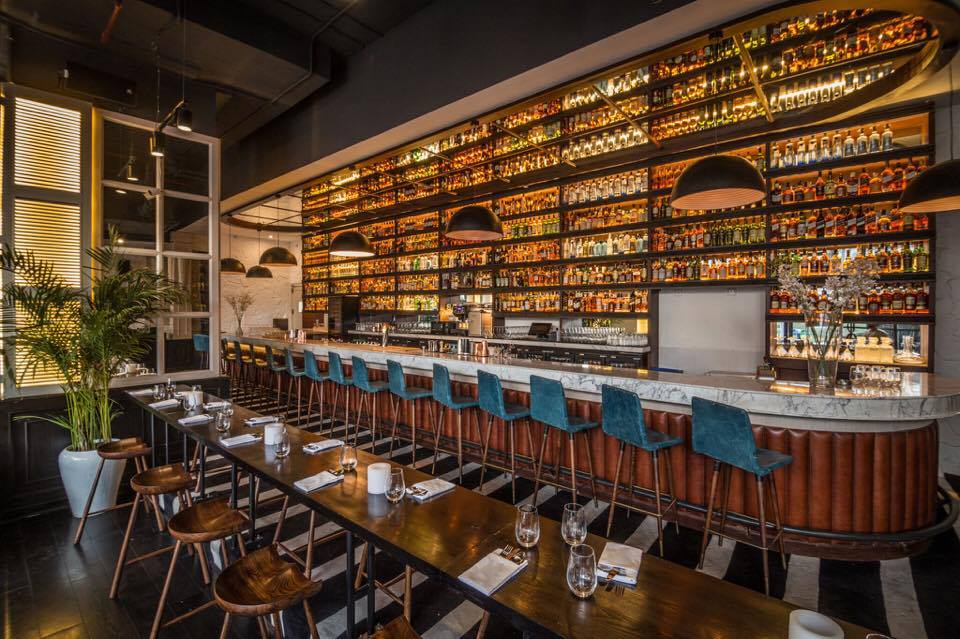
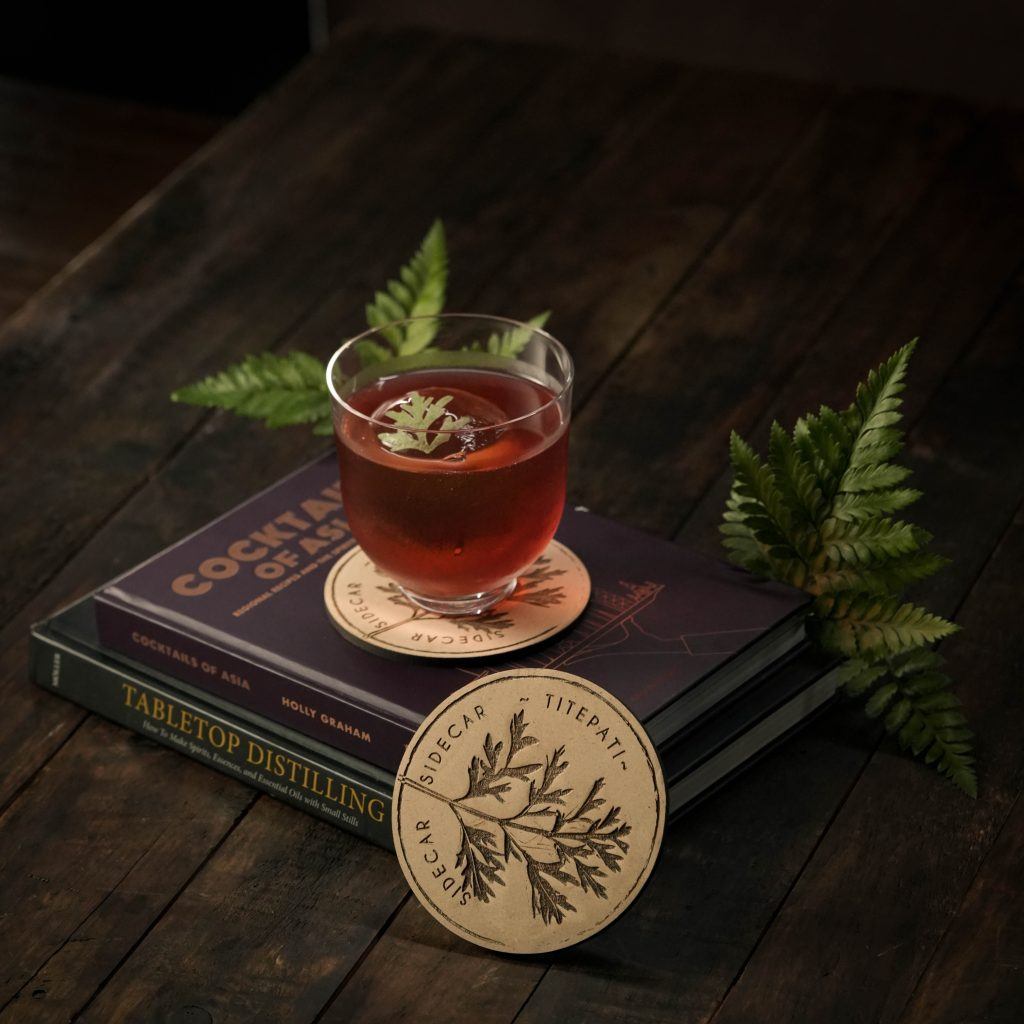
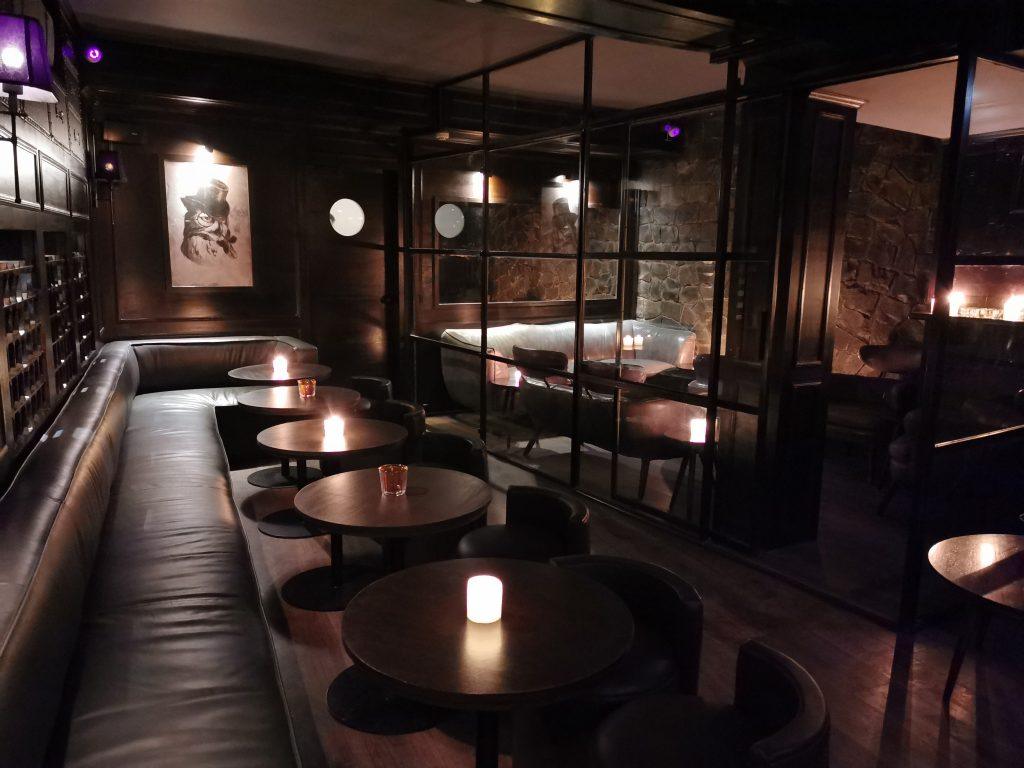
Visiting bartenders seeking unique experiences in New Delhi can explore Krish Cress, an organic farm offering a range of fresh produce, perfect for crafting farm-to-glass cocktails. Old Delhi, with its bustling Khari Baoli spice market and diverse local food scene, provides a sensory overload of flavors and inspiration. Immersing in a Sufi performance in Nizamuddin offers a glimpse into the city’s spiritual side, while a heritage walk around Delhi’s monuments adds a historical touch. And, of course, no visit would be complete without a day trip to the awe-inspiring Taj Mahal in Agra, a testament to India’s rich architectural legacy.
The big list
BARS
PCO, New Delhi and Cocktails and Dreams Speakeasy, Gurgaon – the OGs of the cocktail scene in the NCR – National Capital Region, both now 11 years old and counting
Fort City Brewing, New Delhi
Sidecar, New Delhi –
Hoot’s, New Delhi
Lair, New Delhi
The Library Bar, Leela Palace, New Delhi
Mia’s, New Delhi
People of Tomorrow, New Delhi
Khi Khi, New Delhi
Klap, New Delhi
Home, New Delhi
Comorin, Gurgaon
Whisky Samba, Gurgaon
RESTAURANTS/CAFES
Sagar, Defence Colony – for lip smacking food from South India
Mahabelly, Saket – for the best Kerala food you can find in Delhi
Andhra Bhawan – if you like it fiery and have a taste for some Biryani, cooked Andhra style
Potbelly, Shahpur Jat – for authentic cuisine from Bihar, in the East of India
Café Lungta, Gurgaon – Cocktails and Dreams Speakeasy has Lungta on the ground floor, where you can experience the best of Newari (Nepal) cuisine
Himalayan Kitchen, GK 2
Gulati, Lodhi Colony
Nizam’s for Kathi rolls
Karim’s, the original, near Jama Masjid
Bukhara at ITC Maurya
Indian Accent at The Lodhi Hotel
Blue Tokai Café (any)
Nirula’s for the ice cream
Wenger’s, Connaught Place – for sweet and savoury treats
EXPERIENCES
Khari Baoli – Asia’s largest spice market
A Sufi performance in Nizamuddin
Heritage walks
A picnic in Sunder Nursery
A Hop on Hop off Bus Ride
Tips & phrases
Tipping: Most places would add 5 or 10% to the bill.
Getting around: The best way to get around New Delhi is by utilizing the extensive and efficient metro system, especially during peak hours. For shorter trips, consider using tuk-tuks or rickshaws, but remember to negotiate the fare. App-based taxis like Uber and Ola offer a comfortable alternative. It’s advisable to avoid driving yourself due to the challenging traffic and parking conditions in the city.
Drinking age: The legal drinking age in Delhi is 25 years old. Be prepared to show identification if requested.
Where to stay: New Delhi offers a range of accommodations to suit different budgets and preferences. Budget travelers can find affordable options in Paharganj, while Connaught Place offers a mix of budget and mid-range hotels in a central location. For a more upscale experience, consider the luxury hotels and boutique stays in South Delhi neighborhoods like Hauz Khas and Greater Kailash. Alternatively, Karol Bagh provides a vibrant market atmosphere with a selection of mid-range hotels.
Cheers: In Hindi, you can express “cheers” formally with “शुभकामनाएं!” (shubhakaamanaen!), which is appropriate for most occasions. Informally, you can simply say “चीयर्स!” (cheeyars!), a direct adoption from English suitable for casual settings.
Thank you: The standard way to say “thank you” in Hindi is “धन्यवाद” (dhanyavaad). If you want a slightly less formal option, you can use “शुक्रिया” (shukriya).
Hi: The most common and versatile greeting in India is “नमस्ते” (namaste). It conveys respect and can be used in any situation. In informal settings, it is also perfectly fine to use the English borrowing “हेलो” (hello).
Nice to meet you: To express “nice to meet you” politely and formally, you would say “आपसे मिलकर अच्छा लगा” (aap se milkar achchha laga). For a slightly less formal tone, you can opt for “आपसे मिलकर खुशी हुई” (aap se milkar khushi hui).
Goodbye: You can reuse “नमस्ते” (namaste) to bid farewell. Another common way to say goodbye is “फिर मिलेंगे” (phir milenge), which translates to “see you again.” In casual situations, the English “बाय” (bye) is also perfectly acceptable.

